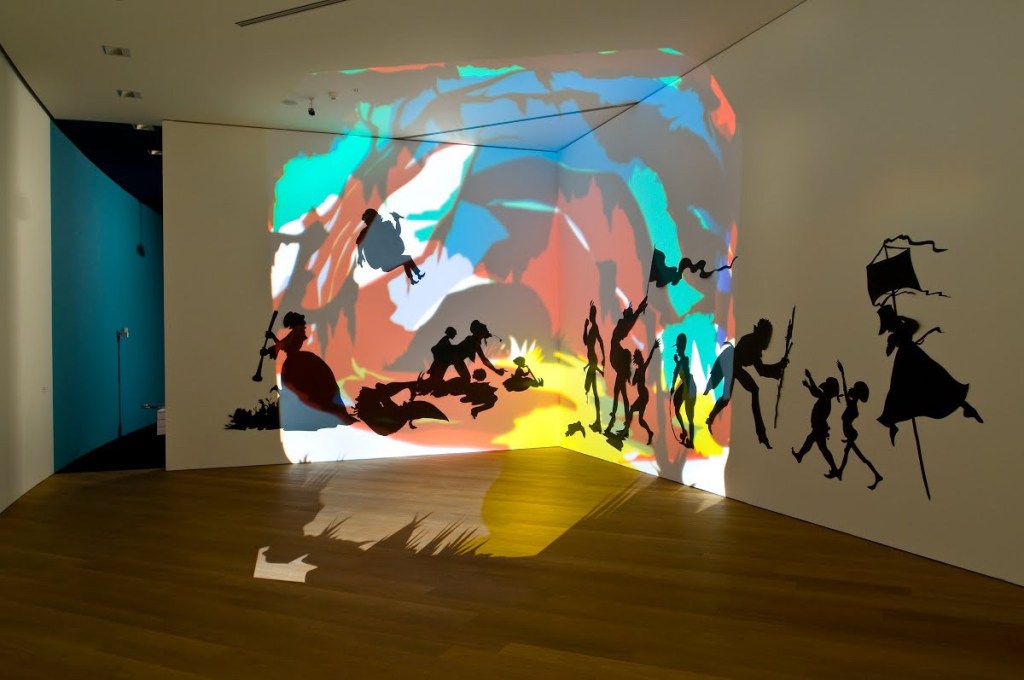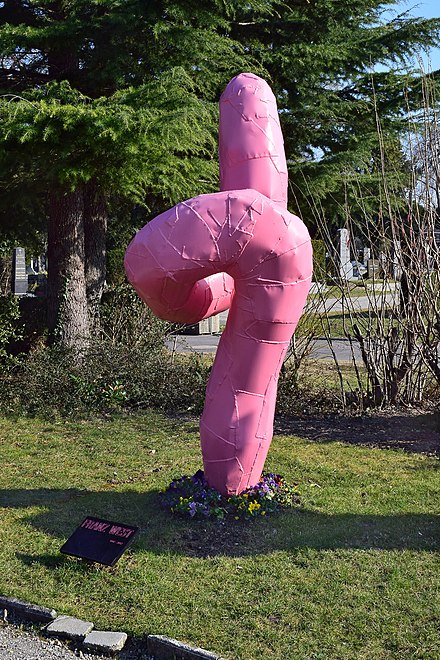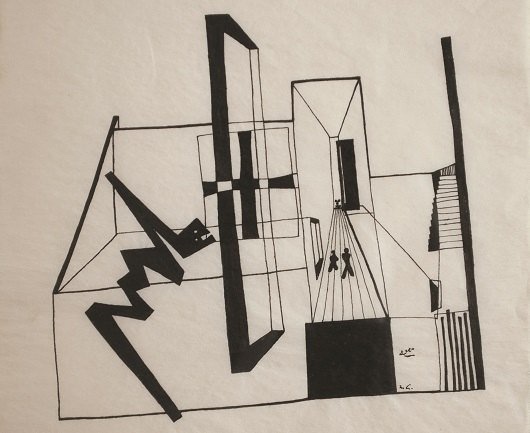Keith Sonnier was born in Louisiana in 1941. He went to Southwestern Louisiana Institute in 1963. He also went to Rutgers University in 1966, and graduated with his MFA. He studied under quite a few people and classmates where after he graduated, moved to New York City with a few of them to experiment together.
Keith Sonnier is a sculpture artist that experimented a lot with mediums. In the late 1900s he worked with latex, transmitters and incandescent light. He also started using neon light as well. He would draw in space with the neon tubes. He was one of first people in his fields to work with neon tubes. An experiments that he did with neon lights was at an installation for “Mies van der Rohe’s Neue National galerie in Berlin in 2002, entitled BA-O- BA Berlin” and since then he’s put up other temporary installations that involve neon lights. One of his more permanent works that was installed was in Los Angeles. It is called Motordom which lights up neon blue and red and is in a courtyard of Thomas Mayne.
He also did lots of work in Europe as well so a lot of his work is seen everywhere across the world. Some of the work he did are shown below:

Ba-O-Ba III 1967
BA-O-BA SERIES
Glass and Neon

Dis-Play II 1970
DIS-PLAY SERIES
Foam rubber, fluorescent powder, strobe light, black light, neon, glass

























